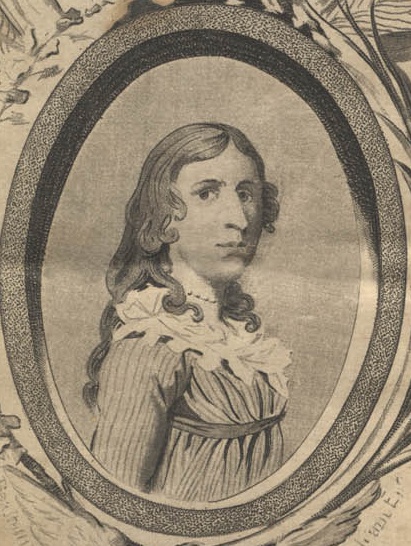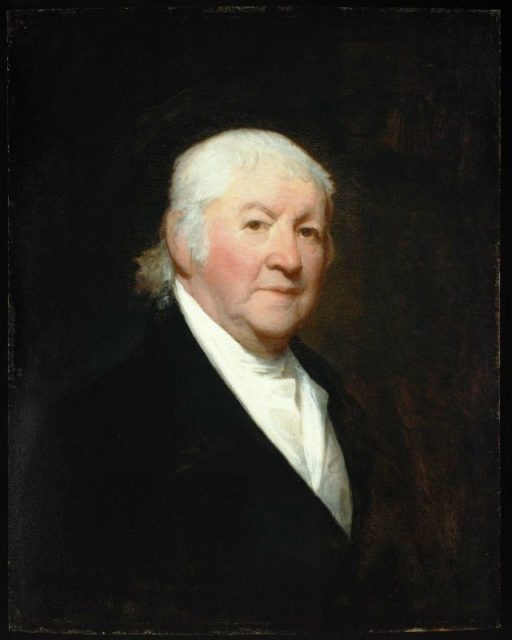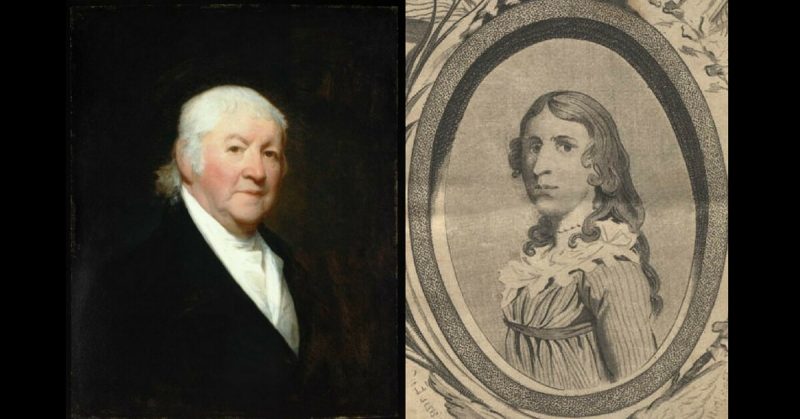Over the course of history, women have dressed as men to fight for their country. In the United States, it was primarily thought of as occurring in the Civil War. However, some women did it during the American Revolutionary War as well.
One of the most well known was Deborah Samson. She was one of the very few who were documented at the time. She was able to serve for more than a year until she was wounded and honorably discharged in New York. Until then, she was known as Robert Shirtliff from Massachusetts.
Before Military Life
Before Deborah took to her military life, she did live in Massachusetts. She had several siblings and, although poor, they were the direct descendants of William Bradford, who was the first governor of Plymouth. Unfortunately, Deborah’s father abandoned the family. As her mother was unable to support her children, they were sent to live with friends and relatives, a common practice in 18th-century New England.
Deborah went to live with a member of the church who was a widow. When she died, Deborah became an indentured servant for eight years. She was well-treated but not educated. However, she learned from school books belonging to her master’s sons and became a school teacher and a weaver, as well as a tavern worker.

Joining the Continental Army
It was easy for Deborah to join the army, thanks to her looks. She was described as not necessarily pretty and was extremely tall. She was a little on the chubby side, and her chest was slight.
In 1782 she enrolled in the Army in Massachusetts. She obtained a signing bonus, but then did not show up at her unit. A neighbor had recognized Deborah when she signed her enlistment papers. Her deception uncovered, she repaid her bonus. She was shunned by her church until she formally asked for forgiveness for her actions.
However, it did not keep Deborah from trying again. A few months later, she signed up under a new name, Robert Shirtliff, and joined the Light Infantry Company of the 4th Massachusetts Regiment. They were no average troops, though, providing flank coverage for advancing regiments. They were made up of men who were taller and stronger than other forces which enabled Deborah to blend in. In fact, if she had joined a more average company, she may have been more easily recognized.
Deborah saw combat several times. She was wounded when two musket balls hit her in the leg. She begged to be allowed to die in the field, but her fellow soldiers took her to a hospital. She received minor treatment but ran away before she could be treated thoroughly. Instead, she tried to remove the musket balls herself, rather than risk discovery. She did it with a penknife and needle, successfully removing one. However, the second was in too deep and remained lodged in her thigh, where it caused her trouble for the rest of her life. She rejoined her group and, after nearly a year of service, she received a promotion.
When the war was over, her company did not officially break up. She continued with them and went on several missions, notably to Philadelphia to put down a group of former continental soldiers who were angry over not receiving their pay. While there, she became ill and was taken to hospital again. The doctor caring for her discovered her secret. He took her to his home, where his female relatives cared for her.
After healing, she received an honorable discharge, and enough money to travel back to Massachusetts.
After the War
Two years after being discharged, Deborah married a farmer and had three children. The family lived in poverty. In 1792, she petitioned the government for pay which the army had withheld from her because she was a woman. The legislature granted her request.
In 1802, she began giving lectures about her experience in the war, and her performance included an impressive military drill.

Over the course of her life, she became friends with Paul Revere. He helped her gain a little recognition for her army service and tried to use his influence to get Deborah a pension. He also occasionally lent her money as needed. Revere’s efforts worked, and in 1805 Deborah received a pension of $4 per month. In 1816, following another petition, Congress awarded her $76.80 a year, and she was finally able to repay her loans.
Deborah died in 1827 from Yellow Fever.
